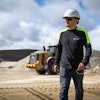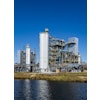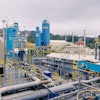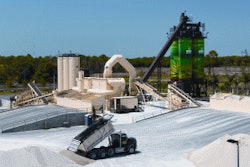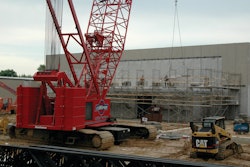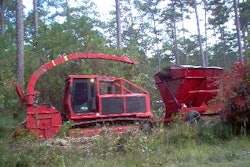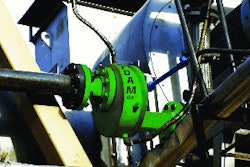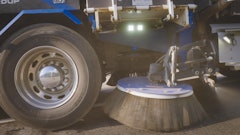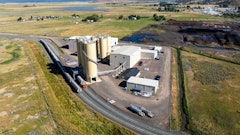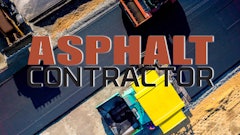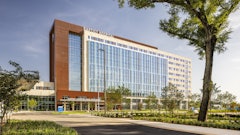Early this month, EL Insights issued a report predicting U.S. green building market value will leap from its current $71.1 billion to $173 billion by 2015, with a compound annual growth rate of 19.5% for the period. Commercial green building alone is projected to grow by 18.1% annually, from $35.6 billion to $81.8 billion. ("Green Building Market to Hit $173.5 Billion by 2015", July 1, 2010, EnvironmentalLeader.com).
The U.S. Green Building Council (USGBC) believes this green "explosion" can be largely attributed to three factors: an unprecedented level of government initiatives; heightened residential demand for green construction; and improvements in sustainable materials.
It also believes the industry's exponential growth will substantially boost job creation in construction and related fields. The USGBC's November 2009 Green Jobs Study predicts that, by 2013, green buildings "will support nearly 8 million jobs across occupations ranging from construction managers and carpenters to truck drivers and cost estimators." LEED-related spending has already generated 15,000 jobs since 2000, and is expected to create another 230,000 jobs by 2013. LEED is the third-party certification program and nationally accepted benchmark for the design, construction and operation of high-performance green buildings and neighborhoods.
Yet, despite its huge opportunity, there remains resistance to "going green" on the part of some project owners and contractors. This is partially due to misperceptions about the costs associated with the materials and practices required to achieve LEED certification. According to the USGBC, real estate and construction professionals overestimate the costs of green building by as much as 300%.
A recent study by the USGBC's Northeast Ohio Chapter and Sustainable Rhythm, a consulting organization for various real estate market sectors, bears this out. Of the 200 respondents to an online survey, 62% believed there is a significant cost difference between green building and standard building products and practices. A whopping 37% estimated the cost premium to be 10% to 25%, while another 9% believed it to be over 25% ("Opening the Door to Green Building", neogreenbuilding.org).
In reality, studies have shown the cost premium to be in the range of a 1% to 2% premium, depending on the level of green building design and/or LEED certification being sought. Such a discrepancy points to the urgent need for further education in order to maximize green building's long-term potential.
Luckily, there are those among us who are working to become not only experts in the field, but educators in the realities of green building. Miron Construction, based in Neenah, WI, is one such example. The company has roughly 45 LEED-certified professionals on staff (with more being trained each year), including one of the Midwest's leading authorities, who conducts seminars on how to achieve LEED certification.
This proactive approach will serve Miron, and contractors like it, well as green construction activity expands and project owners demand more knowledge of its principles and practices. Those who lack that knowledge will likely be left behind as the industry starts to skyrocket forward.

